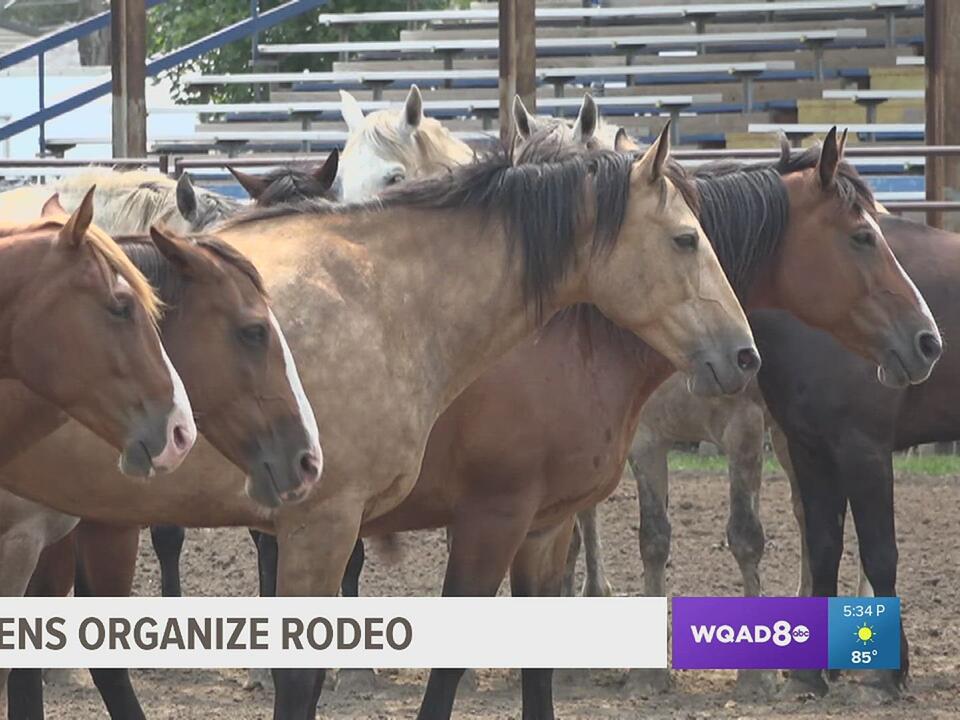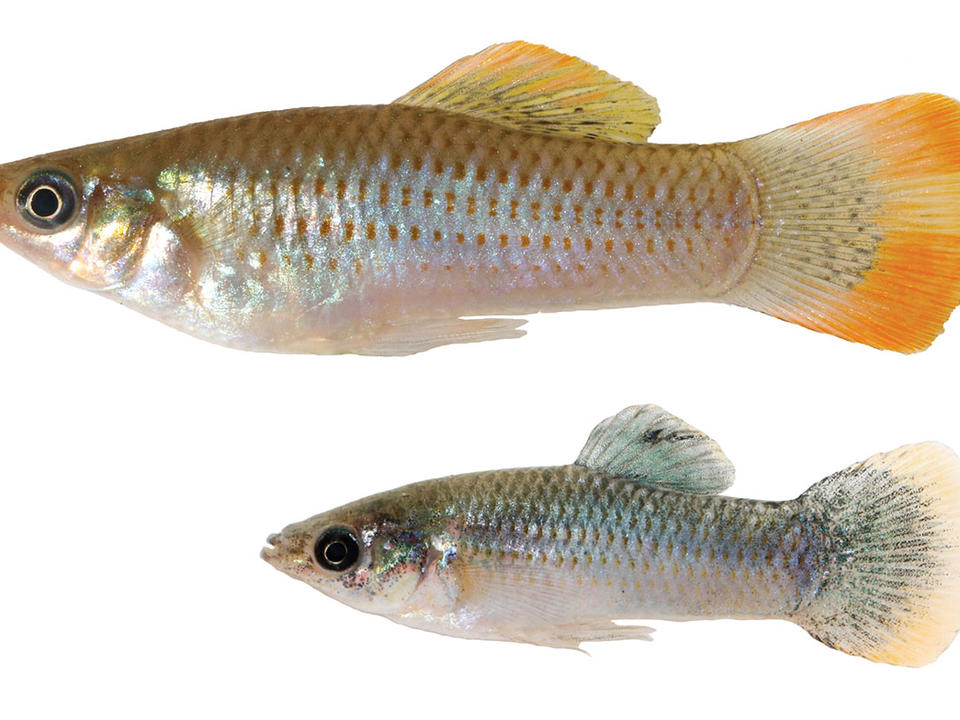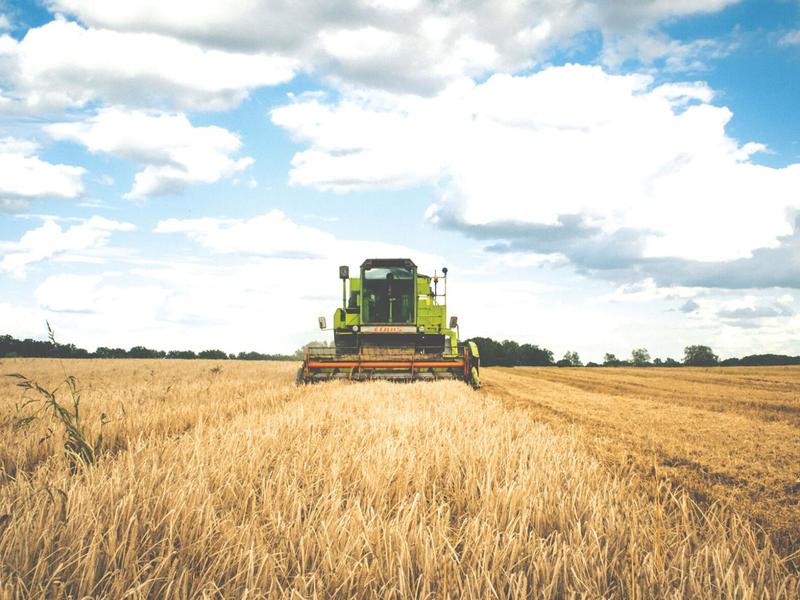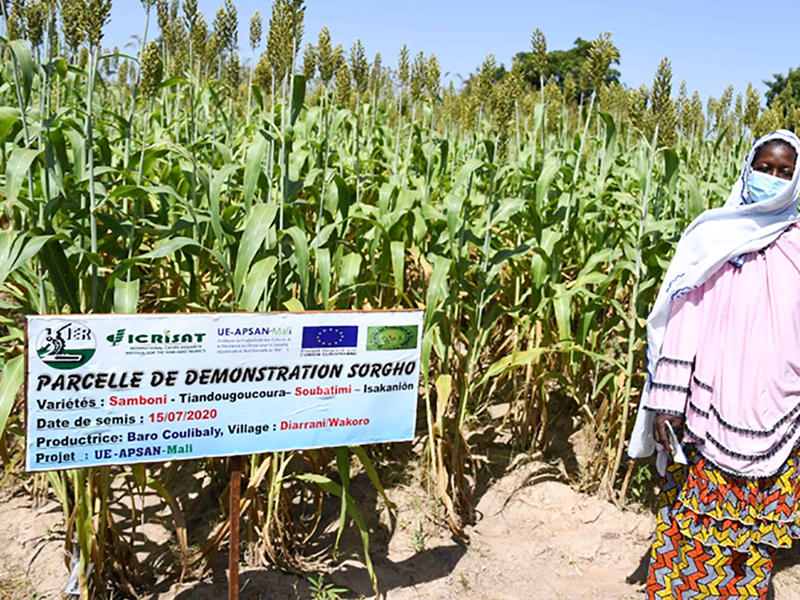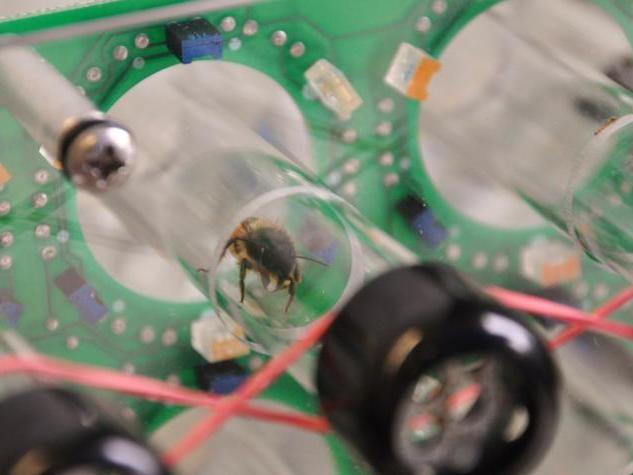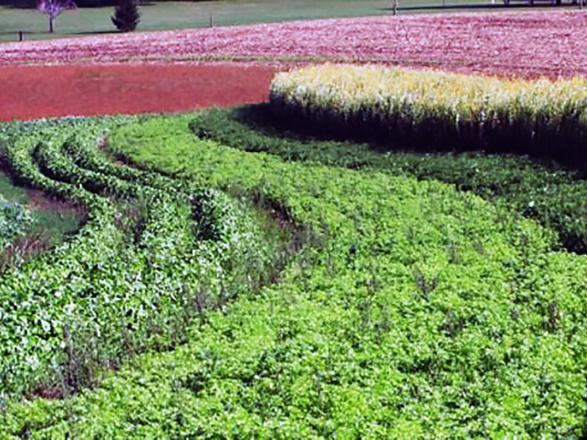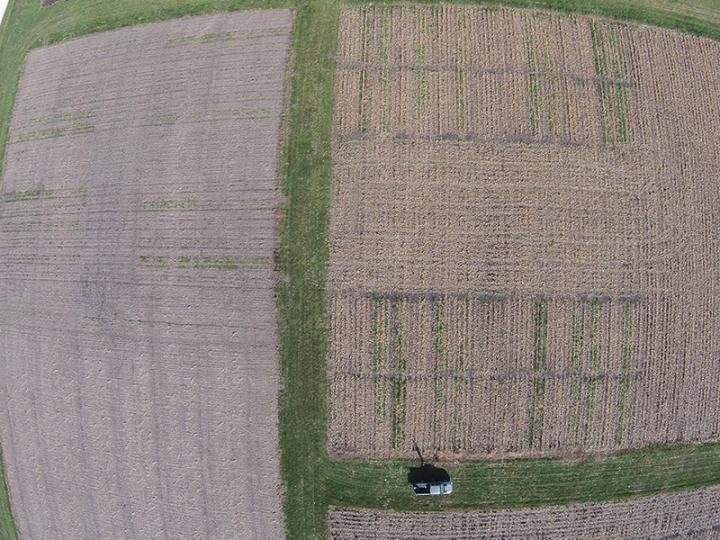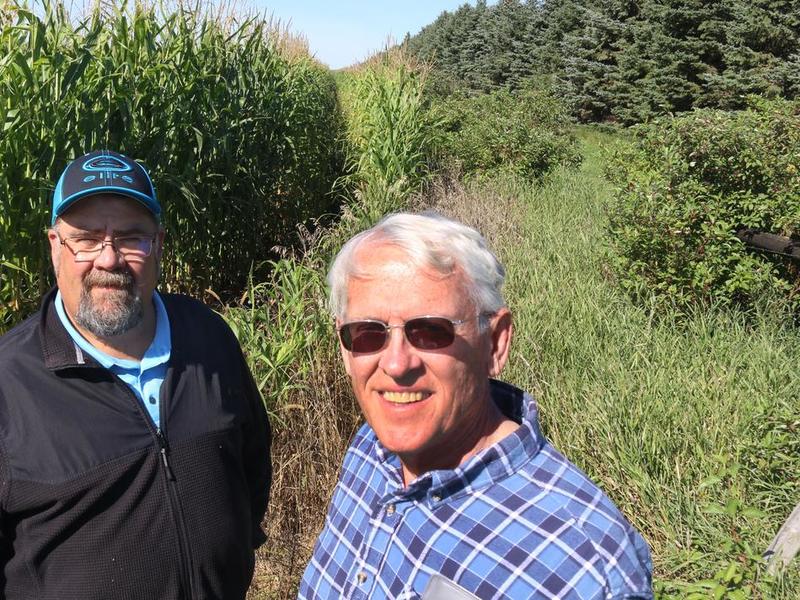11/13/2023 SOURCE: www.newsbreak.com
MILAN, Mo. — A northeast Missouri FFA chapter took top honors at the 2023 national FFA convention in Indianapolis last month. Milan FFA students beat out...
National Champions! Milan FFA team takes home win - NewsBreak
-
(0)
-
Bookmark
- Comments. (0)
07/27/2023 SOURCE: www.newsbreak.com
WAPELLO, Iowa — Every year, the small town of Wapello, Iowa celebrates Chief Wapello day. It's the towns big festival of the summer, capped off with...
Meet the high schoolers who organized the Wapello Rodeo - NewsBreak
-
(0)
-
Bookmark
- Comments. (0)
 John LaRose Jr.
John LaRose Jr.
Topics: Soil Health, Agriculture Global, Research, Fertilizer, Genes /Genetics, Plant Breeding, Education, Weather,
How plants sense phosphate - NewsBreak
A new study by the University of Bonn and the Leibniz Institute of Plant Genetics and Crop Plant Research (IPK) in Gatersleben sheds light on the mechanism used by plants to monitor how much of the nutrient phosphate is available, and to decide when strategies to mobilize and take up more phosphate from the soil must be activated. The enzyme ITPK1 plays a key role in this process. The researchers were also able to show that a particular group of signaling molecules involved in phosphate sensing respond very sensitively to phosphate and that this regulation takes place not only in plants but also in human cells. In the long term, the results could lead to the breeding of new crop varieties that require less phosphate fertilizer. The final version of the study has now been published in the journal Molecular Plant.
-
(0)
-
Bookmark
- Comments (0)
 John LaRose Jr.
John LaRose Jr.
Topics: Agriculture US, Agriculture Global, Water, Aquaculture/Fish Farming, Fishing (Commercial), Research,
Toxin-adapted fish pass down epigenetic mutations to freshwater offspring - News Break
PULLMAN, Wash. – You can take a fish out of toxic water, but its epigenetic mutations will remain for at least two generations. A research team led by Washington State University scientists analyzed the epigenetics—molecular factors and processes that determine whether genes are turned on or off—of a group of Poecilia mexicana fish, or Atlantic molly, that live in springs naturally high in hydrogen sulfide, which is normally toxic to most organisms.
-
(0)
-
Bookmark
- Comments (0)
 John LaRose Jr.
John LaRose Jr.
Topics: Rice, Precision AG , Agriculture US, Economics, Sustainability,
Second rice crop yields high | News Break
Harvesting their second crop of the year, local rice producers are finding good yields and fair weather conditions. Rice producers in Wharton, Jackson and nearby counties are in the process of harvesting their ratoon crop, which grows after the first crop is harvested. “It’s actually been a really good year...
-
(0)
-
Bookmark
- Comments (0)
 John LaRose Jr.
John LaRose Jr.
Topics: Corn/Maize, Water, Sustainability, World Hunger, Ag Africa, World Population, Weather,
Farmers in Mali endorse climate-resilient and high-yielding crop varieties | News Break
Farmers in Mali, who volunteered to grow climate-resilient and locally adapted varieties of sorghum, pearl millet, groundnut and cowpea crops under the UE-APSAN-Mali project, demonstrated the superior features of their crops during a field visit by other farmers, seed producers and local officials. Small groups of selected highly motivated farmers identified through project implementing partners had carried out testing trials and demonstrations on their pilot plots.
-
(0)
-
Bookmark
- Comments (0)
 John LaRose Jr.
John LaRose Jr.
Topics: Organic, Beekeeping, Research, World Population, Regenerative Agriculture, Pollinators,
Solitary bees are born with a functional internal clock - unlike honeybees | News Break
Social insects like honeybees and hornets evolved from solitary bees and wasps, respectively. A common trait of many social insects is age-specific behavior: when they emerge from the pupa, workers typically specialize in around-the-clock tasks inside the darkness of the nest, starting with brood care. But they gradually shift towards more cyclic tasks away from center of the nest as they get older -- culminating in foraging outside, exclusively in daylight, towards the end of their life. Here, researchers find evidence that this shift from around-the-clock to rhythmic tasks, which does not occur in solitary insects, seems to be driven by a slower maturation of the endogenous (i.e. internal) "circadian" clock of social honeybees compared to solitary bees.
-
(0)
-
Bookmark
- Comments (0)
10/24/2020 SOURCE: www.newsbreak.com
The University of Missouri Extension is looking for farmers to participate in cover crop trials as part of the “MU Certified” Strip Trial Program. MU Extension nutrient management specialist John Lory, who leads the program, said this year’s farmer panel approved trials focused on improving the management of cover crops, particularly ahead of corn. “The farmer panel has encouraged us to work with farmers who have success with cover crops so we can learn and document what works,” Lory said.
Managing cover crops before corn focus of MU Strip Trial Program | News Break
-
(0)
-
Bookmark
- Comments. (0)
 John LaRose Jr.
John LaRose Jr.
Topics: Soil Health, Cover Crops, Economics, World Population, Regenerative Agriculture, Renewable Energy (Solar/Wind),
Choosing the right cover crop to protect the soil | News Break
Farmers around the world are keen to protect their most important asset: their soil. The soil supports and enriches their crops. But the relatively thin layer of topsoil can readily wash away into streams, carrying unwanted nutrients with it. Enter cover crops. Cover crops are inedible plants grown during the...
-
(0)
-
Bookmark
- Comments (0)
 John LaRose Jr.
John LaRose Jr.
Topics: Corn/Maize, Soil Health, Agriculture US, Cover Crops, Crop Consultant, Agriculture Global, Sustainability, Research, Ag Innovation,
‘60-inch corn’ row idea marches northward | News Break
NEW ROCKFORD, N.D — Farmers with cattle in Iowa, South Dakota Minnesota and North Dakota increasingly are trying the “wide-row corn” — interseeded with crops and cover crops — to improve profits while helping the environment. And the concept is moving northward to Eddy County in central North Dakota, where...
-
(0)
-
Bookmark
- Comments (0)



